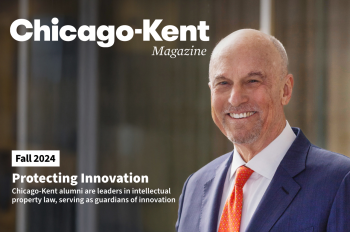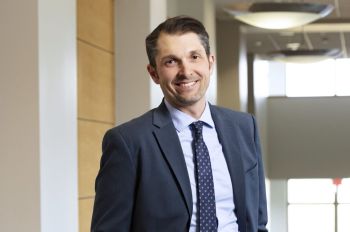art @ IIT Presents Frozen Architecture
Chicago, IL — January 19, 2006 —
Illinois Institute of Technology's art @ IIT premieres artistry captured from snow crystal research laboratories of the United States Department of Agriculture These images of a fantastic architectural landscape are rarely seen outside of a microscopic world and are composed of the most common of all natural elements; one that simply disappears from our mere touch. The opening reception will take place on Thursday, January 26, 4:30 - 7:30 pm., in the Kemper Room Art Gallery at the Paul V. Galvin Library, 35 West 33rd Street, Chicago, the exhibit will run through February 26. Hours are Monday - Thursday: 12 noon - 6 pm; Friday: 12 noon - 5 pm; Saturday: 8:30 am - 5 pm; and Sunday: 2 - 6 pm.
This exhibit explores the art of nature as the unintended result of scientific inquiry. A normal light microscope gives us an icy clear view of snow crystals, but by using a Low Temperature Scanning Electron Microscope (LT-SEM) the solid structure of the crystals becomes visible. These crystals have an architectural structure that is composed of massive forms that are extremely fragile, delicate and highly intricate and that seem to be impossibly supported; some are perfectly structured others totally chaotic. Gravity, weight, and support have a new meaning at microscopic scales.
These structures that are formed by nature by the simple process of freezing precipitation as it tumbles through the atmosphere rivals any human creation. An incredible variety of forms are shaped by the transformation of liquid into ice. The architectural vocabulary of crystals includes: plates, columns, dendrites, needles, graupel, and rimmed.
The crystals also have a great variety of textures; smooth, grooved, etched, and pitted; many of them showing a high degree of a common hexagonal structure and symmetry as they viewed at a magnification that ranges from 150 to 1,500 times.
IIT Professor Allan Myerson will be present during the early part of the reception to answer question about crystal formation.
These images were collected and created by the Electron Microscope Unit of the Beltsville Agricultural Research Center, United States Department of Agricultural, Beltsville, Maryland. Electron Microscope Unit's.
The current Electron Microscope Unit's staff includes, Eric Erbe: specialist in scanning electron microscopy, Charles Murphy: specialist in transmission and electron microscopy and Christopher Pooley: specialist in digital imaging and computer techniques.
Collaborators have included: Dr. W.P. Wergin, Retired Research Leader/Scientist; Dr. Albert Rango, Research Hydrologist; Dr. James Foster, NASA; and Dr. Dorothy Hall, NASA. Special thanks to Eric Erbe, Christopher Pooley, and the United States Department of Agricultural for use of the images in this exhibit. All images were cropped from the originals and rescaled for framing by art @ IIT.
This exhibit is being curated by Robert J. Krawczyk, art @ IIT Gallery Director, Assistant Professor in the College of Architecture.
Founded in 1890, IIT is a Ph.D.-granting technological university awarding degrees in the sciences, mathematics and engineering, as well as architecture, psychology, design, business and law. IIT’s interprofessional, technology-focused curriculum prepares the university’s 6,200 students for leadership roles in an increasingly complex and culturally diverse global workplace.




